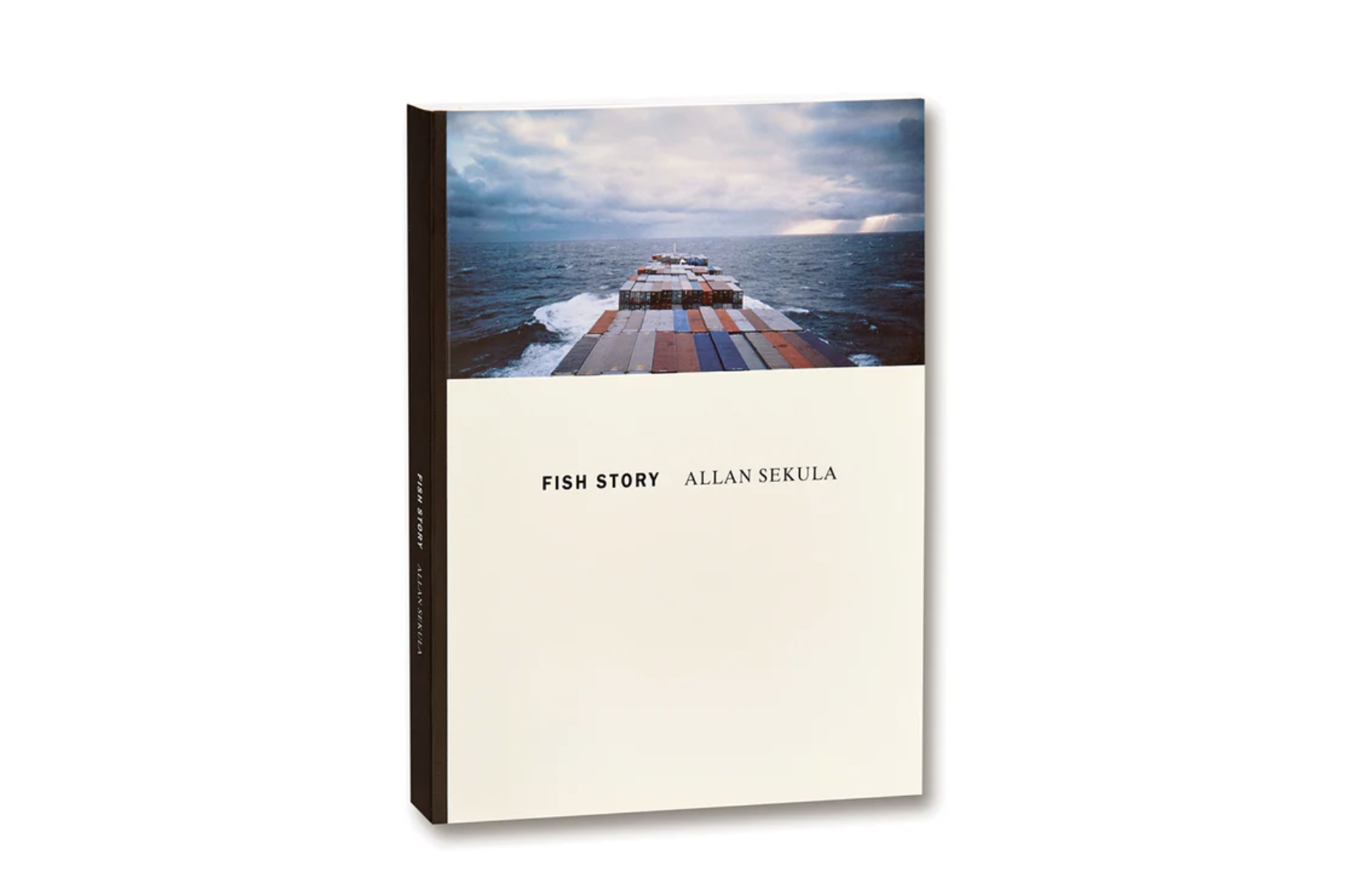Allan Sekula’s Fish Story is an intense and multifaceted photographic research project about the global shipping industry and its implications for labour, capital, and the environment. Through his critical realist approach, Sekula offers a nuanced visual analysis about “the forgetting of the sea”, that is the erasure of maritime labour from the realms of imagination (Lerner, 2019) and, as a result, the conversion of the sea in a blind spot, out of sight and beyond representation. In his view, the impact of globalisation becomes a new historical narrative. Photographer, writer, and filmmaker Allan Sekula, who grew up overlooking the Port of Los Angeles, examines how the ocean, once perceived as a wild frontier, has been transformed into a regulated space to facilitate the flow of goods and capital. Seas and oceans are thus places often excluded from the debate of the disciplines of space, immense territories perceived as empty deserts, but also objects of a special, often aggressive, kind of urbanization.
Sekula’s Fish Story offers a critical, unvarnished portrayal of workers in global maritime industries, revealing the alienation and exploitation often obscured by mainstream media. Far from the naivety of “traditional” documentaries, Sekula challenges sanitized narratives by exposing the harsh realities of globalization. A recurring theme in Sekula's work is his sensitivity to the vulnerable and impoverished (Stimson, 2015): his work consistently foregrounds the lives of those overlooked or marginalized, acting as a rebellion against the hyperreal by reasserting lived reality into public consciousness. The concept of the “disappearing sea” is another poignant aspect of Sekula’s work. As global exchange has intensified, the sea has been commodified and transformed into a mere conduit for economic activity. Sekula critiques this process, emphasizing how the natural world has been subsumed by the imperatives of capitalism, losing its significance in the process.
Completed between 1989 and 1995, Fish Story is the third of a cycle of works dedicated to the “[…] imaginary and material geographies of the advanced capitalist world” (Sekula, 1995). In both Sketch of a Geography Lesson (1983) and Canadian Notes (1986), Sekula charts relationships between spaces and political dynamics, moving from the German context shaken by the Cold War to the landscape of extractive industries and the architecture of banks. With Fish Story, he abandons the "groundedness" of solid land and moves towards the fluidity of the sea, exploring sites of maritime power, as well as more peripheral territories. His extensive travels to port cities across the globe – from Los Angeles and San Diego to Korea, Mexico, Scotland, and Poland – provide a comprehensive view of the world shipping industry and its far-reaching impacts.
Designed to be both an exhibition and a printed volume, the book’s combination of powerful imagery and theoretical insight makes it a key work in contemporary photography. With 105 colour photographs, 9 chapters, 26 texts, and two slide projections with 80 slides each, Sekula crafts a narrative structure that moves between different contexts, drawing connections between seemingly disparate elements. The sequencing of images in Fish Story is meticulous and deliberate, allowing the author to illustrate the interconnectedness of global systems and the ways in which local events are shaped by broader economic forces. For instance, the juxtaposition of images from Rotterdam and Los Angeles highlights the contrasts between automated and human work in port cities. Sekula’s ability in weaving connections through shifting visual perspectives is clear from the book’s opening. The first image – a pair of rentable binoculars to gain greater view to passing ships – symbolizes a mediated, selective gaze. This is echoed in the first accompanying text, which mirrors the act of zooming in: it narrows the viewer’s focus to offer deeper context, before gradually expanding the scope once more. (Young, 2018)
Fish Story was exhibited in major international venues, including Witte de With in Rotterdam, Fotografiska Museet in Stockholm, Tramway in Glasgow, Le Channel in Calais, and the Santa Monica Museum of Art between 1995 and 1996. It continued to gain prominence with later showings at the Henry Art Gallery in Seattle (1999), Documenta 11 in Kassel (2002), and most recently at the Walker Art Center in Minneapolis (2024). Sekula later revisited the maritime themes of Fish Story in the 2012 documentary The Forgotten Space, co-directed with Noël Burch. Subtitled “The sea is forgotten until disaster strikes,” the film essay traces the path of the container box as a symbol of global capitalism, offering a sharp, visually rich commentary on the often-invisible infrastructures that sustain globalization.
Fish Story
Allan Sekula
Witte de With, center for contemporary art, Rotterdam, Richter Verlag, Düsseldorf, MACK Books
Rotterdam, Düsseldorf, London
1995 (first edition); 2002 (second edition); 2018 (last edition)
22 x 28 cm
216 pages
English
978-1-912339-04-4
The title of the review derives from a sentence of the documentary The Forgotten Space (Allan Sekula, Noël Burch, 2012) that claims “[...] of all the forgotten spaces the sea, in its ancient terribleness, is the most forgotten. The sea is really remembered only when maritime disaster strikes. When the black tide rolls in.” Source: The Forgotten Space, Documentary (Wildart Film, 2012) 1:04:07-1:04:35.
Fish Story (1995; 2018) by Allan Sekula published by MACK (London) in 2018. Courtesy of the Allan Sekula Estate and MACK
